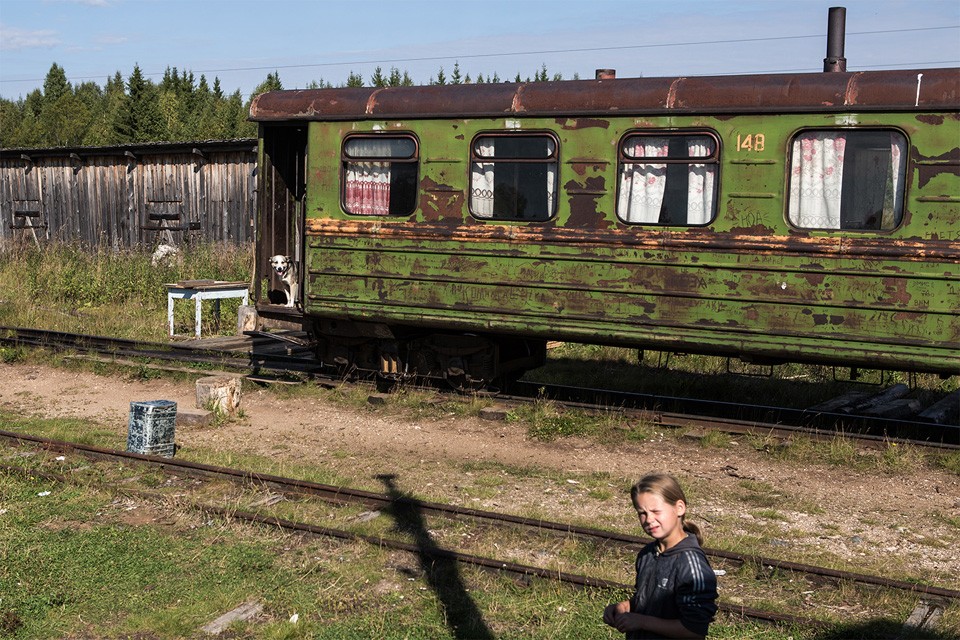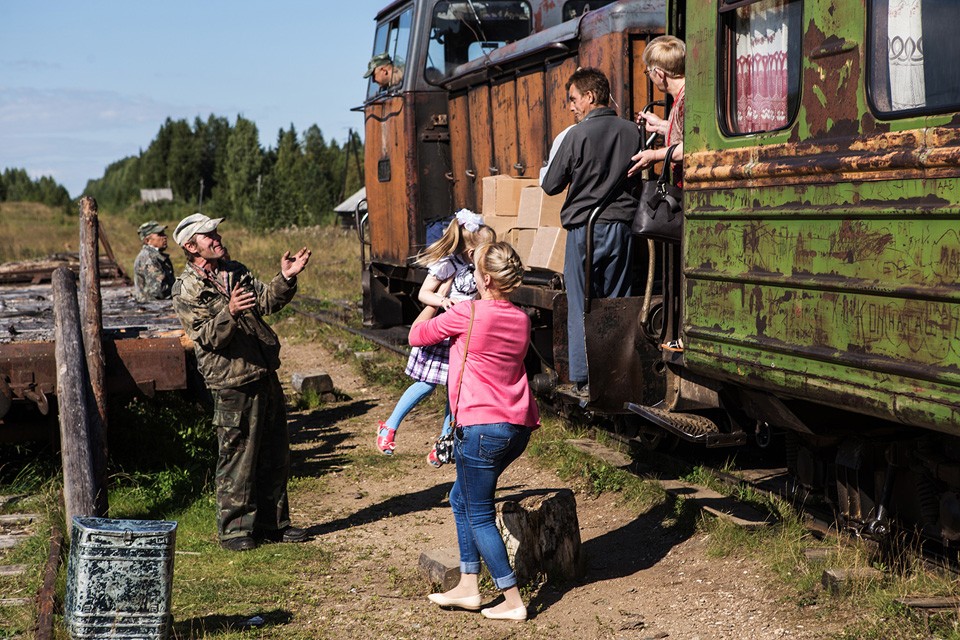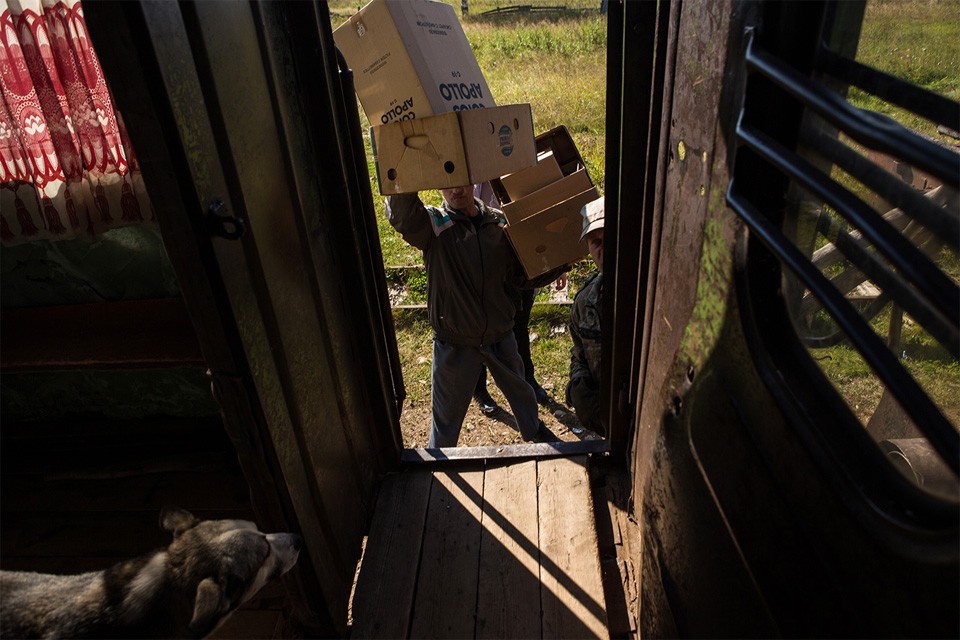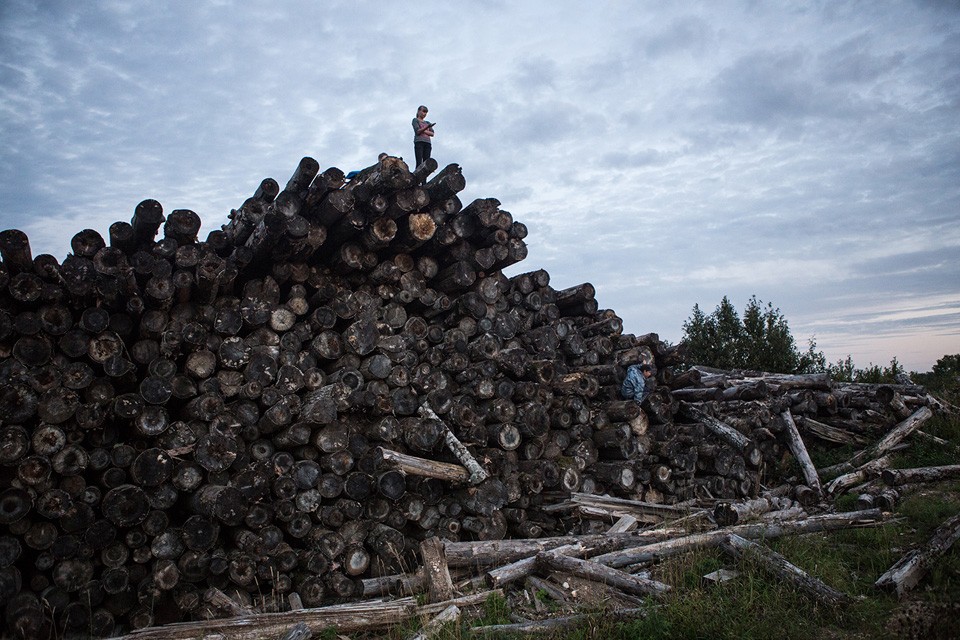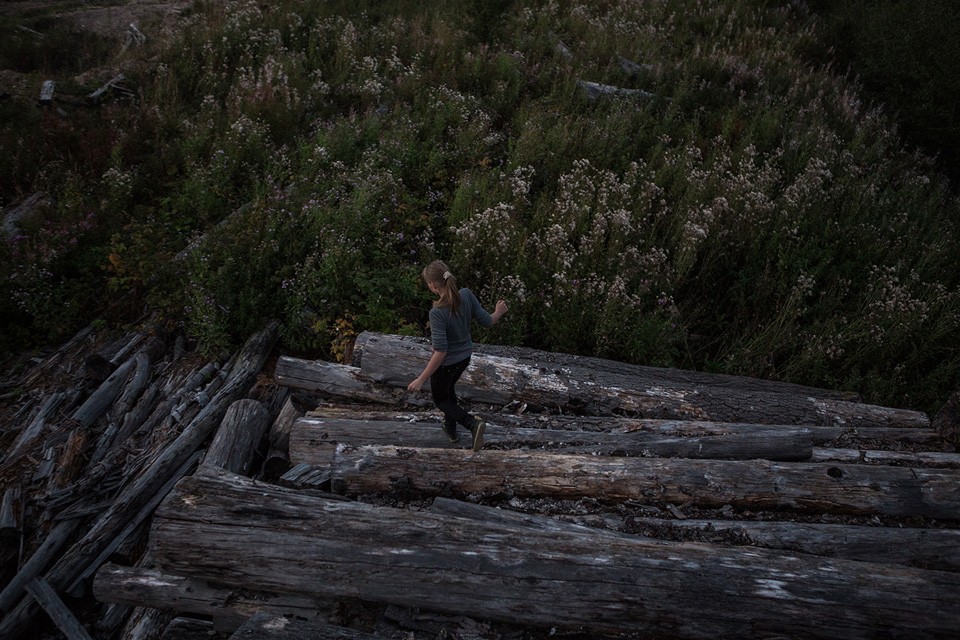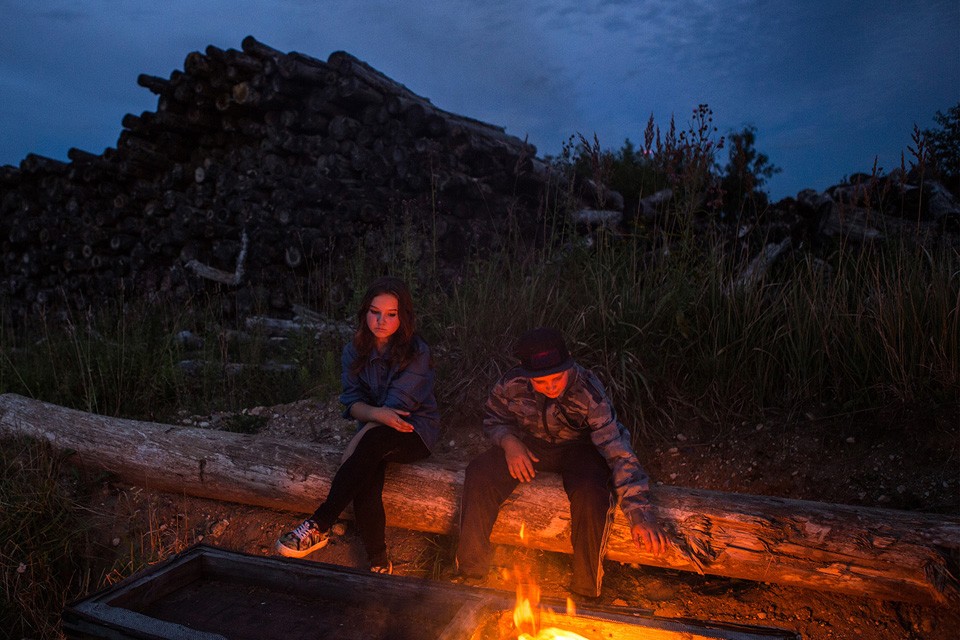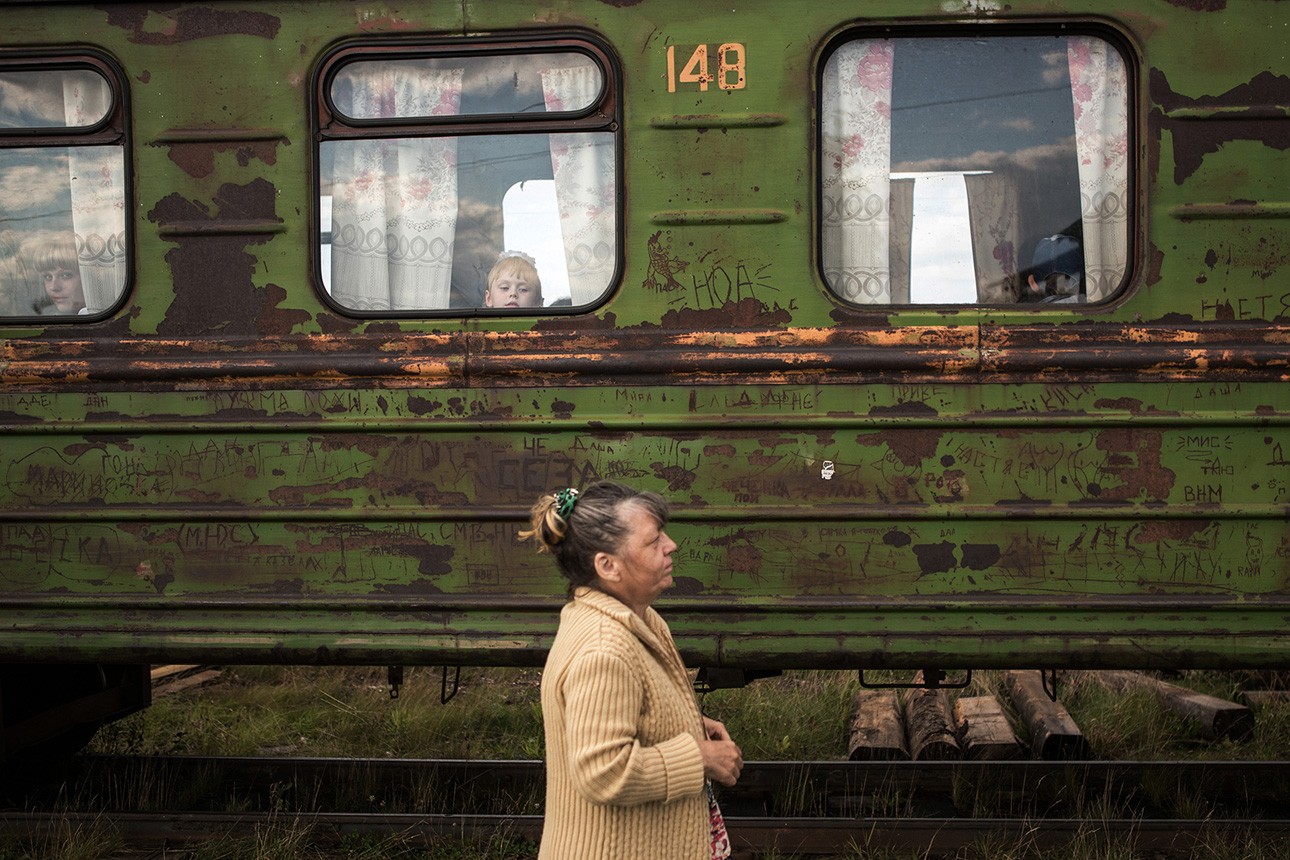
Time Machine: A Narrow Gauge Train from the Present to the Past in a Series by Aleksey Loshilov

Lives in St. Petersburg. Graduated with a degree from the Yu. A. Galperin Department of Photojournalism. Worked as a state press photographer in the newspaper Nevskoe Vremya. Has been published in Russkij Reportyor, Ogonyok and Foto&Video magazines and in the project “Takie Dela.” Twice nominated for the “Golden Pen” prize in journalism (2013, 2014). Winner of the Andrey Stenin International Photojournalism Competition in the “Everyday life, single photo” category (2015).
Not far from the Plesetsk Space Center in the heart of Arkhangelsk Oblast, there is a narrow-gauge railway cutting through the forest. It was built in the 1950s in order to transport felled trees from impassable places. Three villages appeared along the tracks: Lipakovo, Luzhma and Seza. There are no other roads or railways in the latter two and there never have been. However, the timber industry began to fall apart with the collapse of the Soviet Union. Trees stopped being transported at the beginning of the 2000s, but the people remained there. Now, the only connection with the outside world that is left for the residents of Luzhma and Seza is an old locomotive with one small wagon. It comes three times a week and it carries goods, mail and pensions. Children and grandchildren travel on it to visit relatives. Young people have almost completely deserted the villages, leaving the elderly there alone, and all who have remained often reminisce about how great things were before.
The phrase “this year” is also used often, to the extent that locals are always comparing the past with the present. But only the railway and the one-wagon train exist in the present.
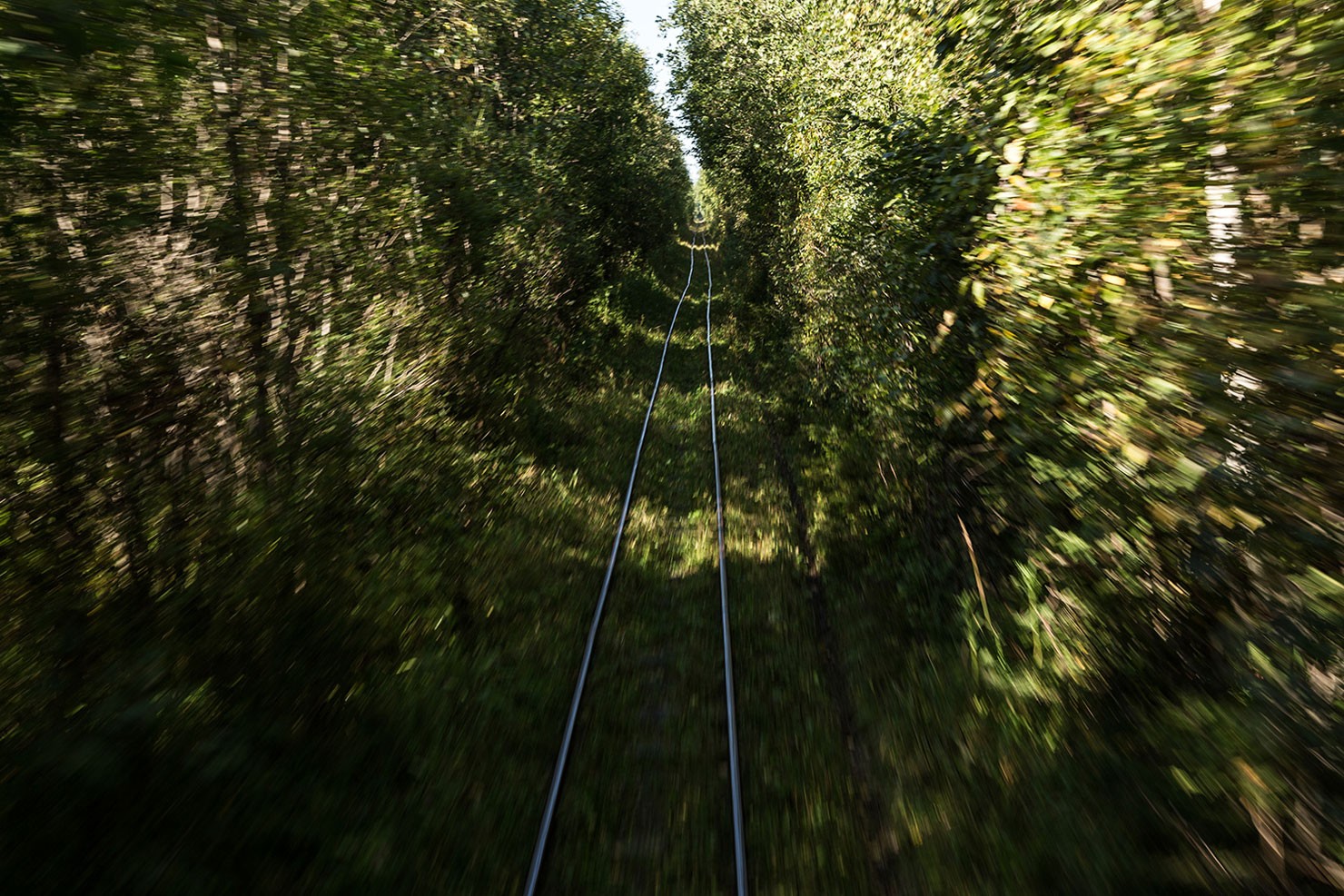
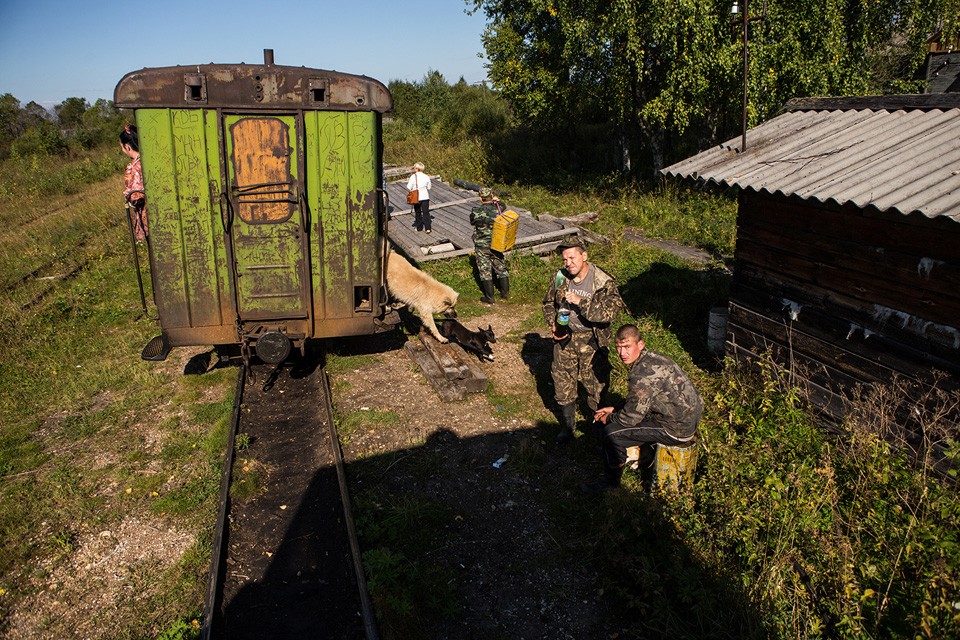
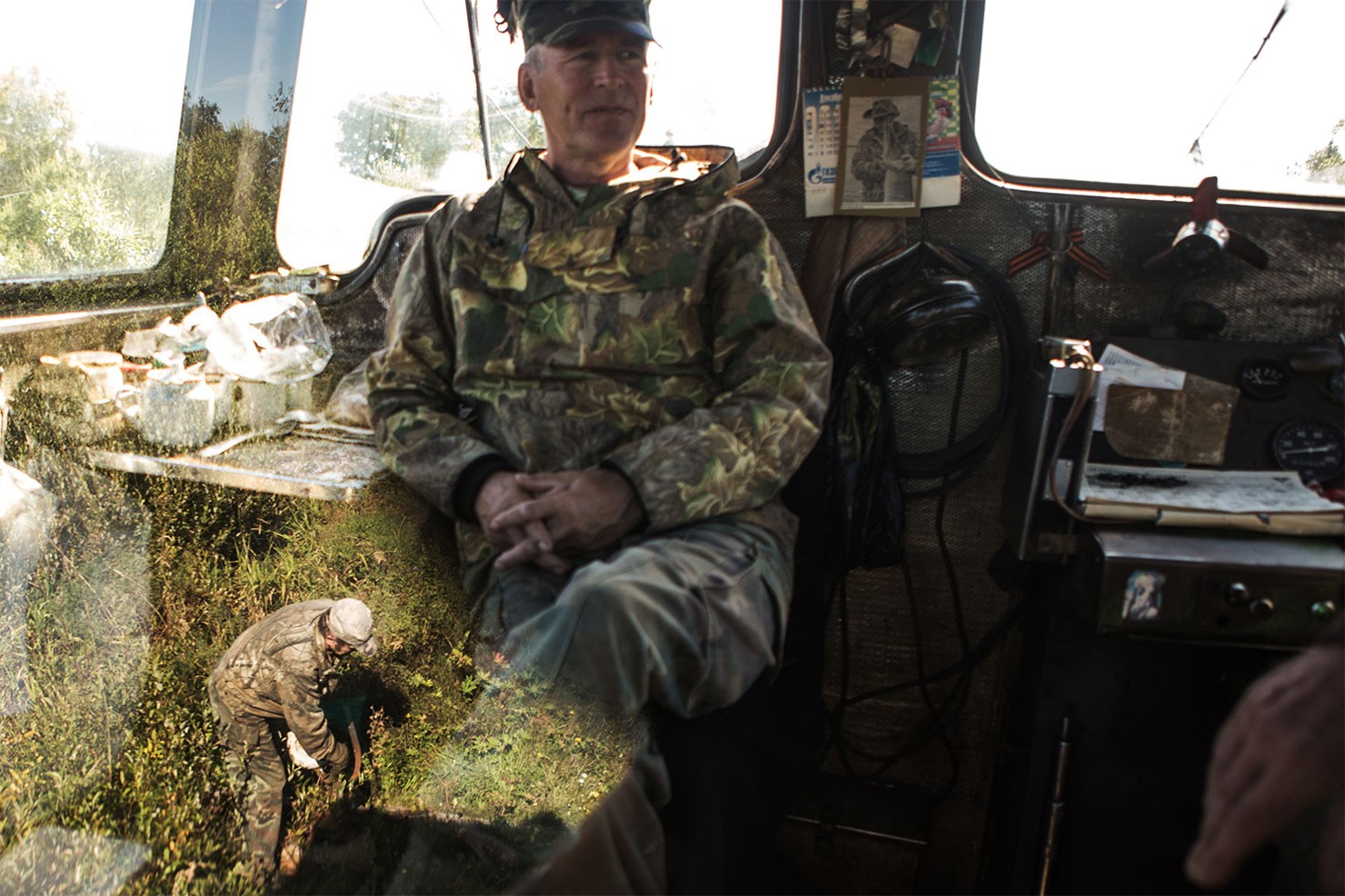
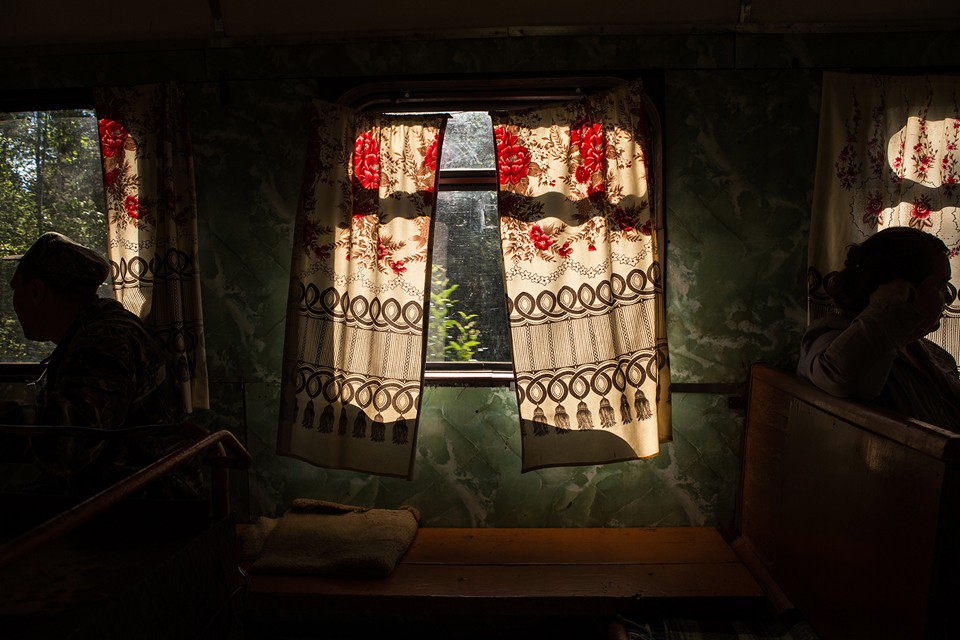
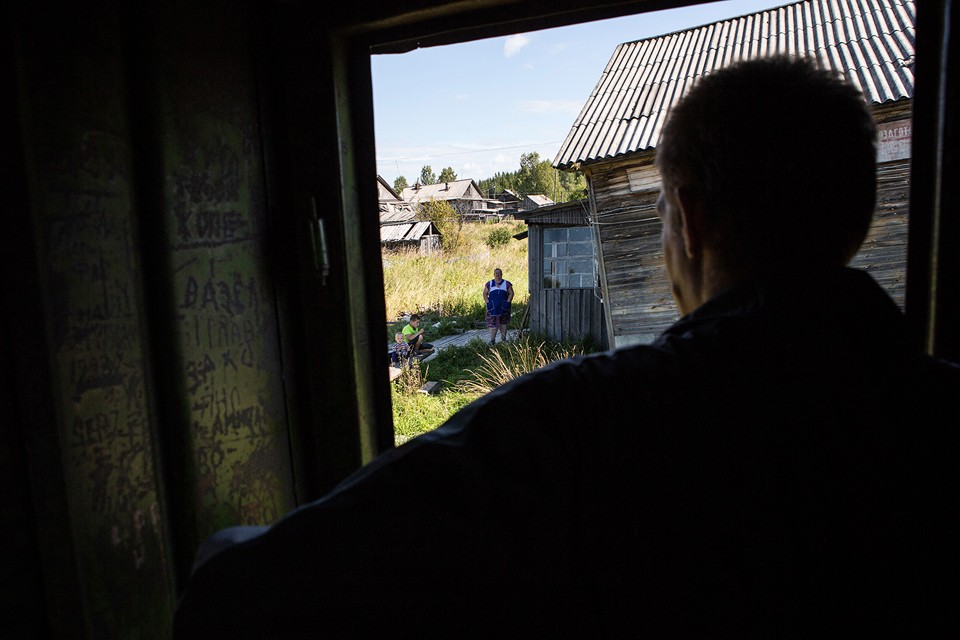
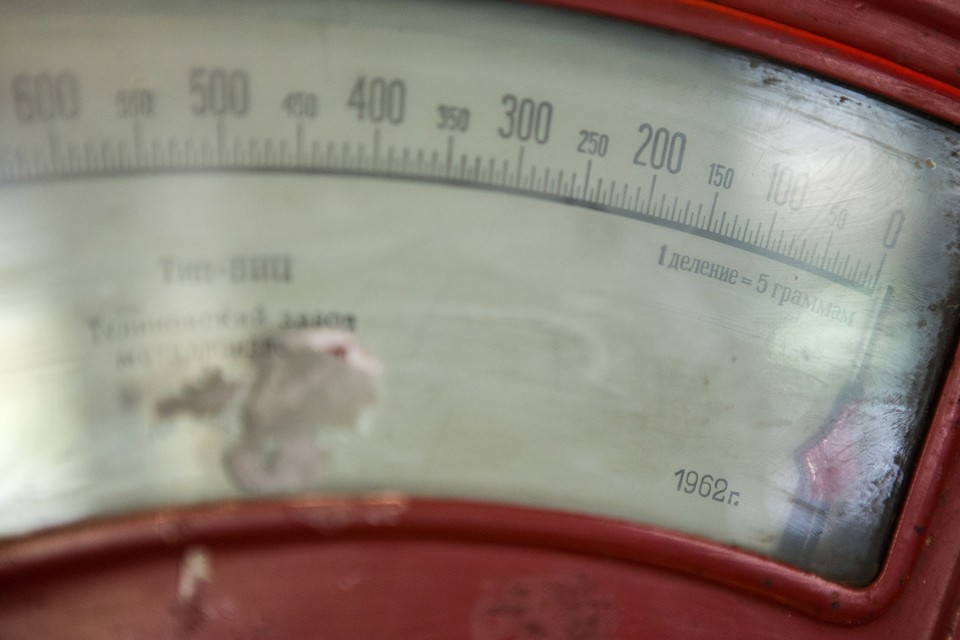
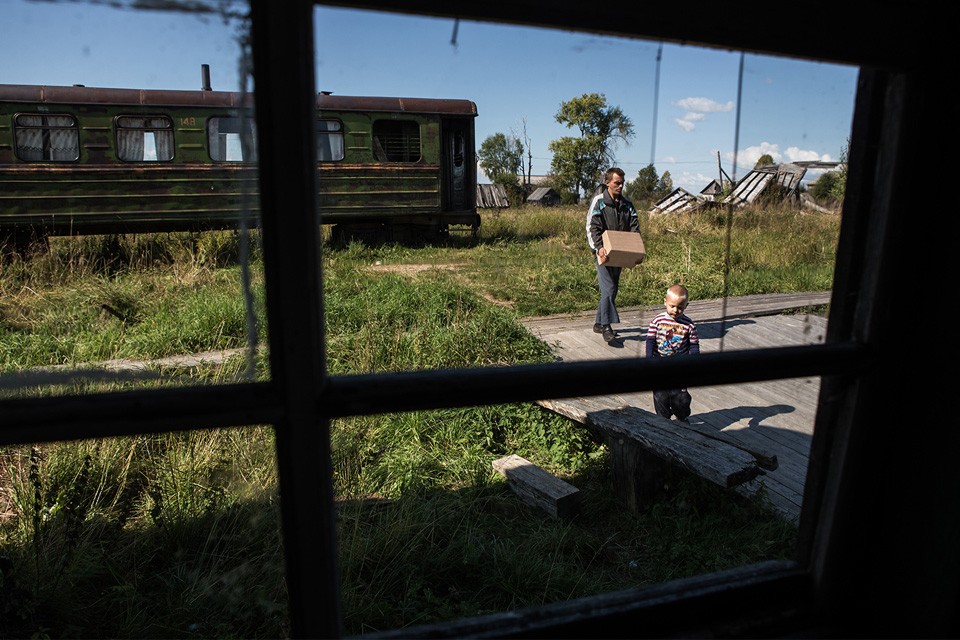
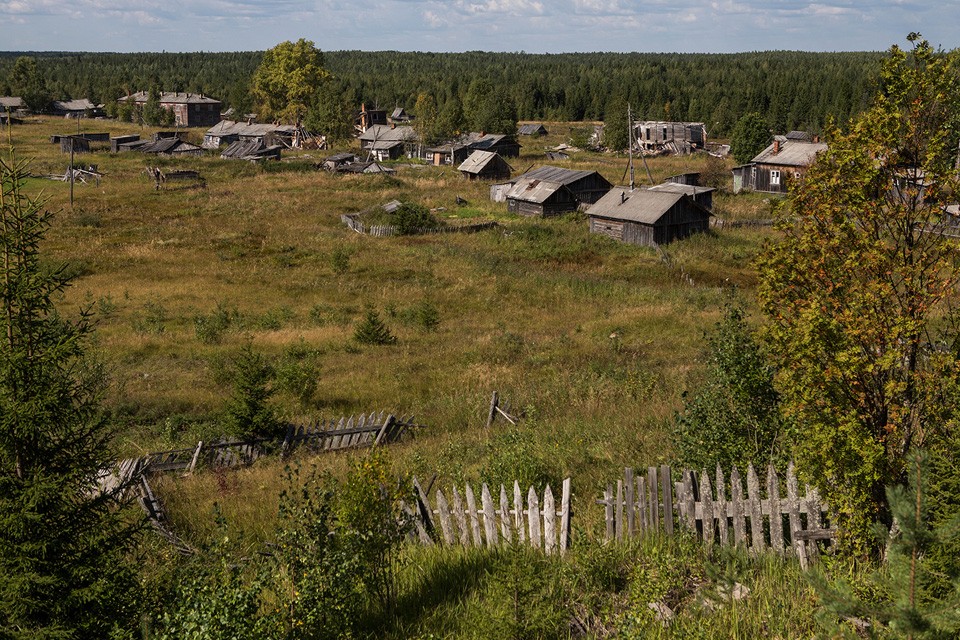
I meet with Nina Grigorievna near the only surviving two-story building in Seza. She immediately invites me to her place for tea: “I can’t believe other ladies didn’t think to invite you in.” Nina Grigorievna lives with her adult son, Aleksey, who is one of only a few young people in Seza. Before, she worked as a postwoman and proudly talks about how she carried around a huge bag of letters and newspapers; one of them, “Pravda Severa,” had 150 subscribers. Nina Grigorievna doesn’t complain about modern life: her health is good, her pension is generous and the store is full of food. She only worries about how there is no work for her son, but at the same time she doesn’t want to be apart from him.
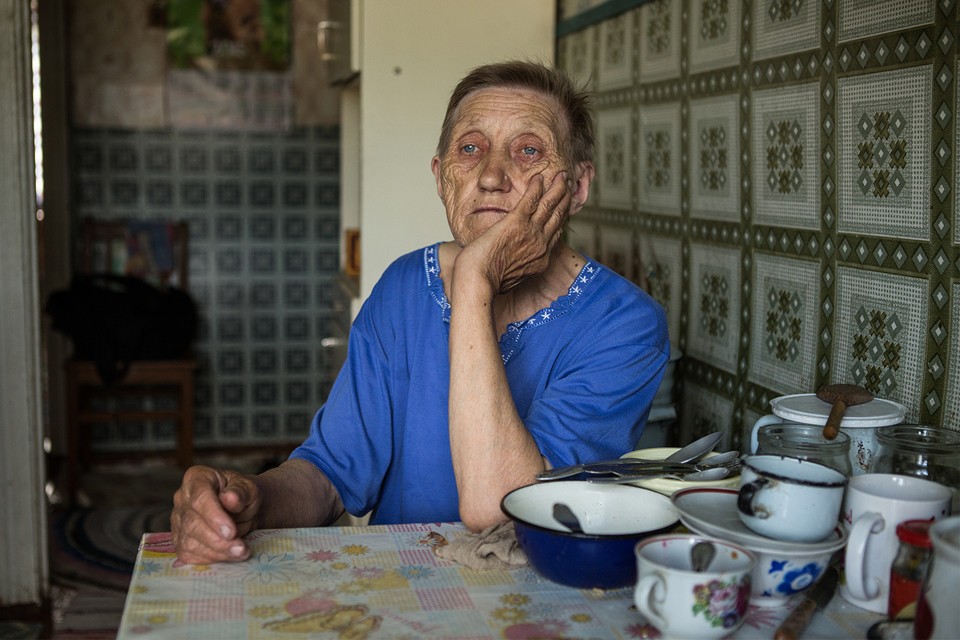
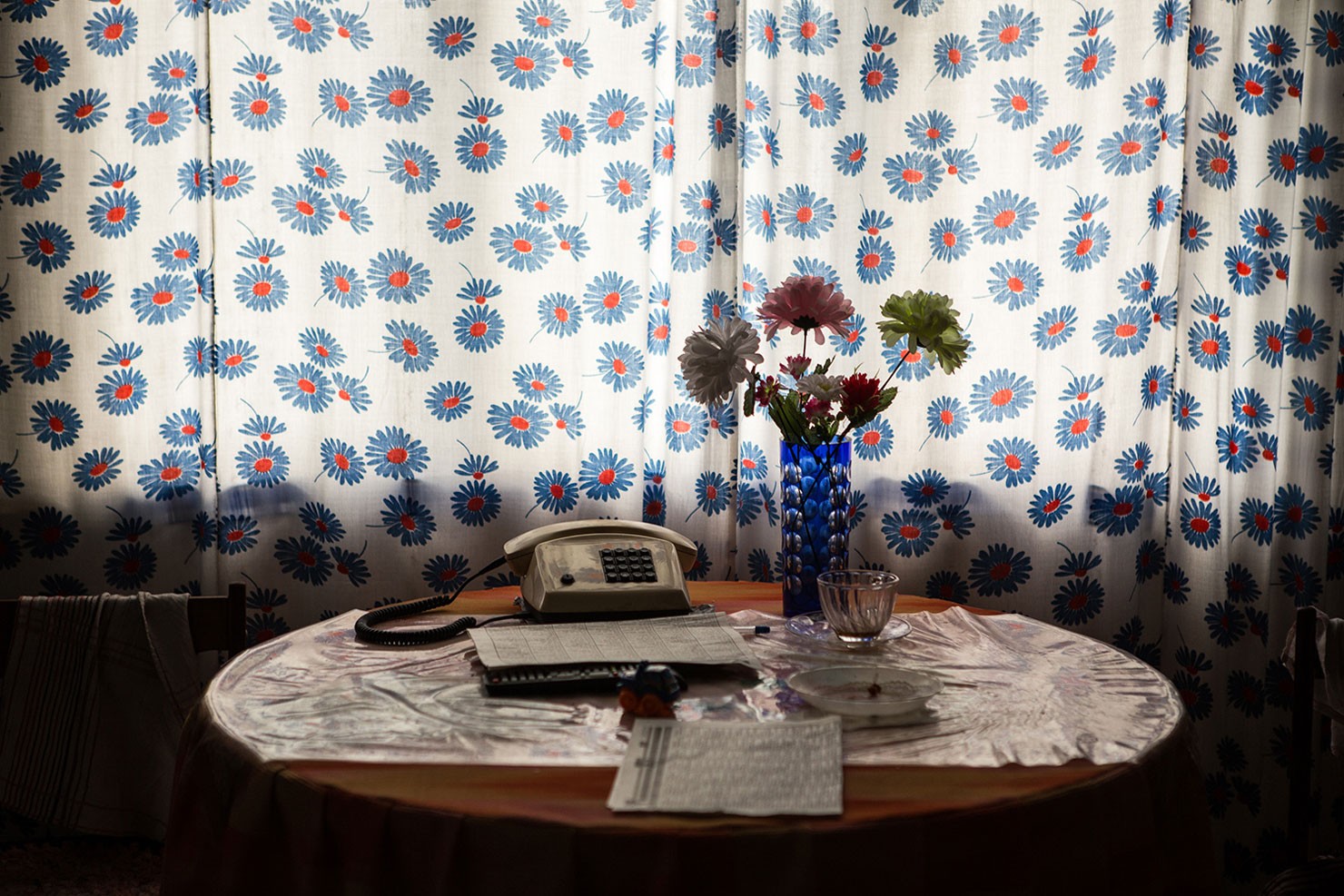
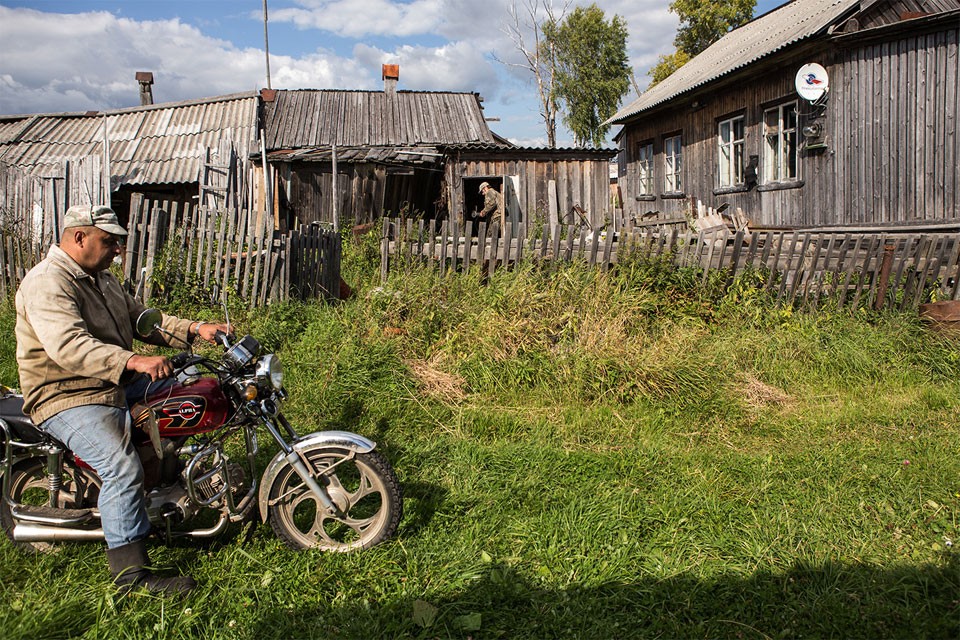
Nikolay reads books for most of the road to Seza and the three hours’ wait in the trainyard. He is one of a few who comes to Luzhma and Seza on business, bringing goods and necessary appliances to the stores.
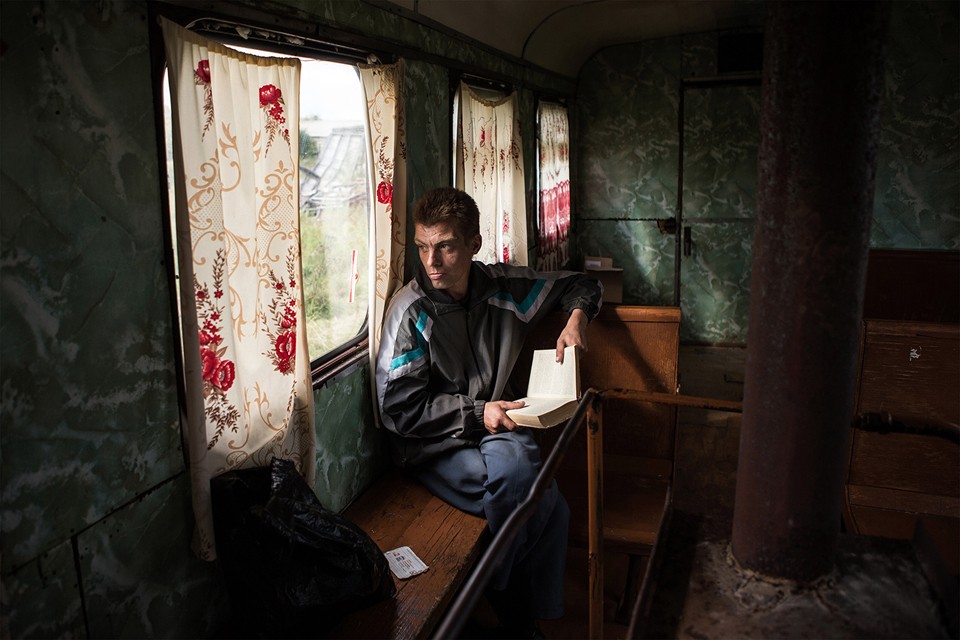
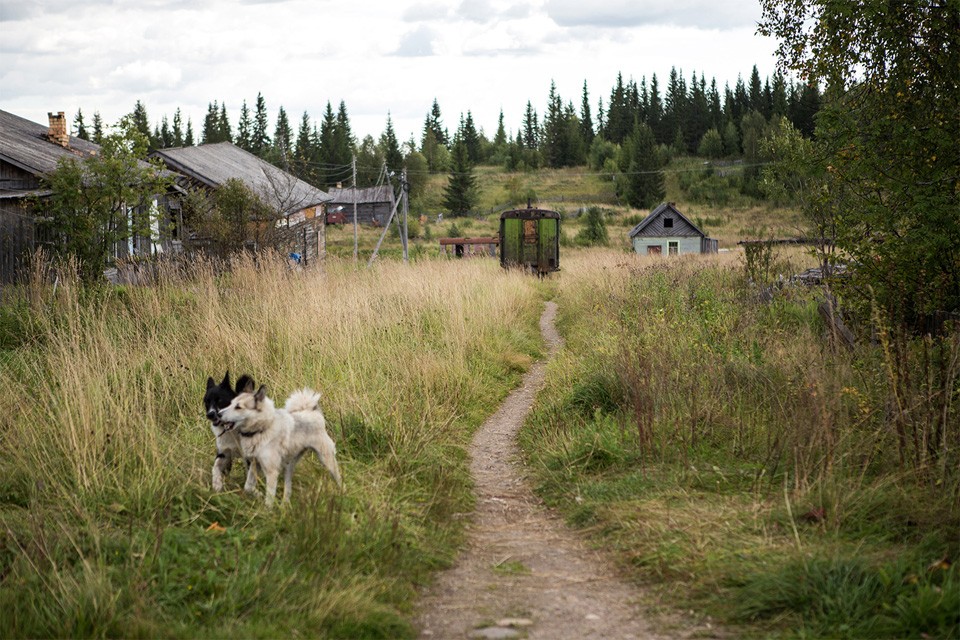
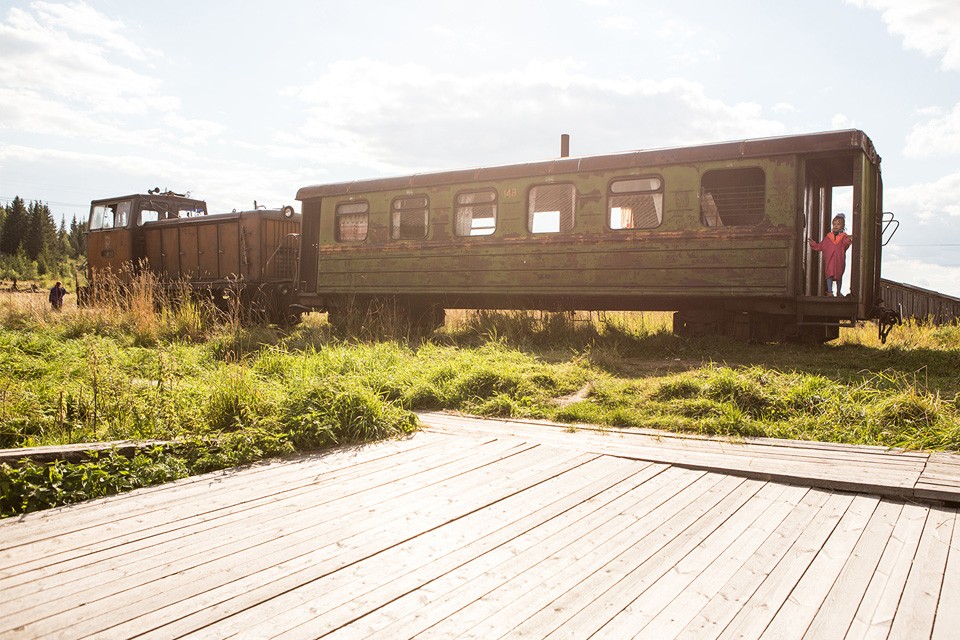
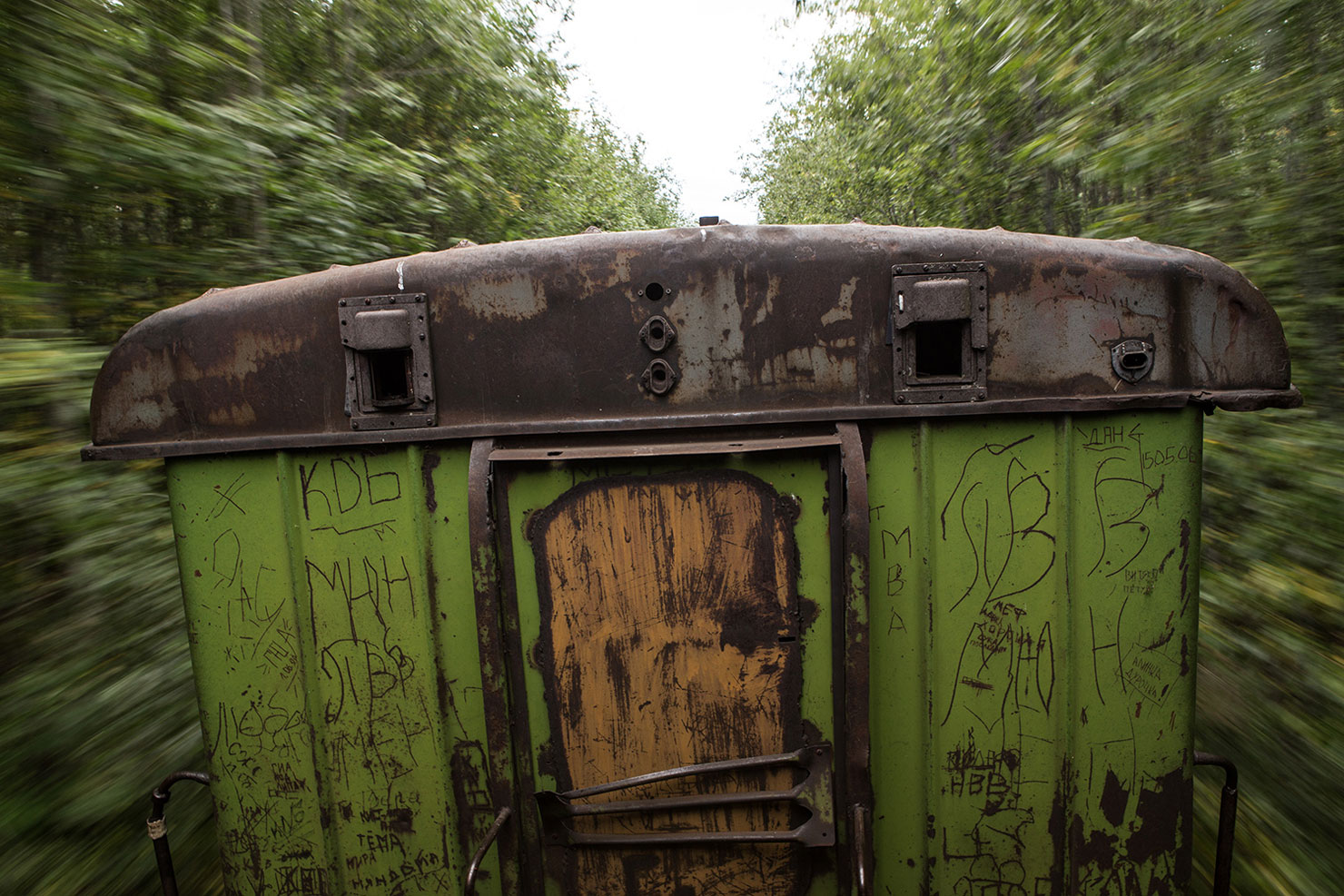
Aleksandr works as a machinist's assistant. He, along with Pasha the machinist and a brigade of five repairmen, is the entire crew of people that keeps the narrow-gauge train running. Aleksandr loves talking about local nature. He has a video of a mother bear and her cub running out of the way of the train on his phone.
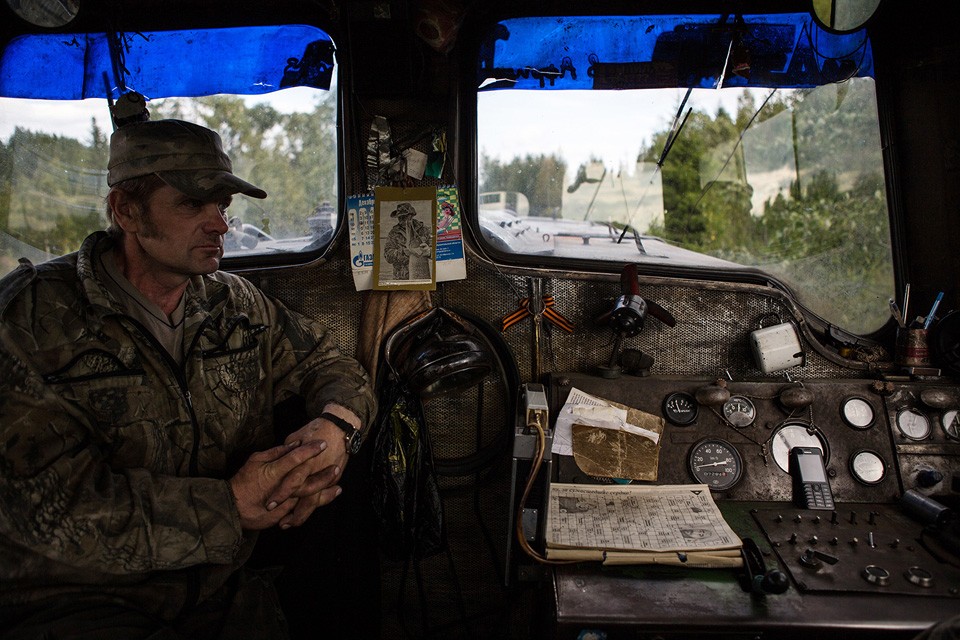
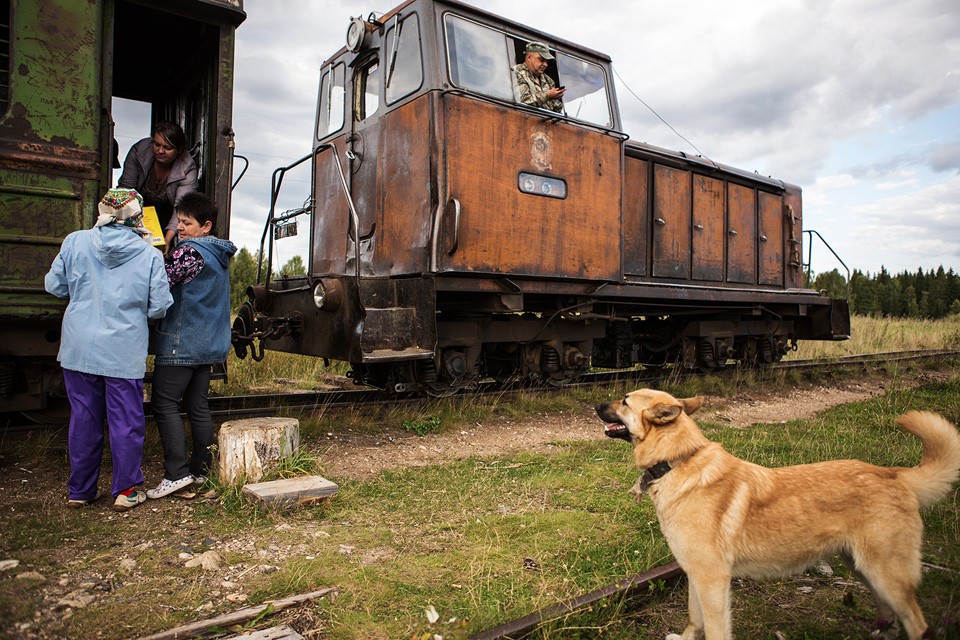
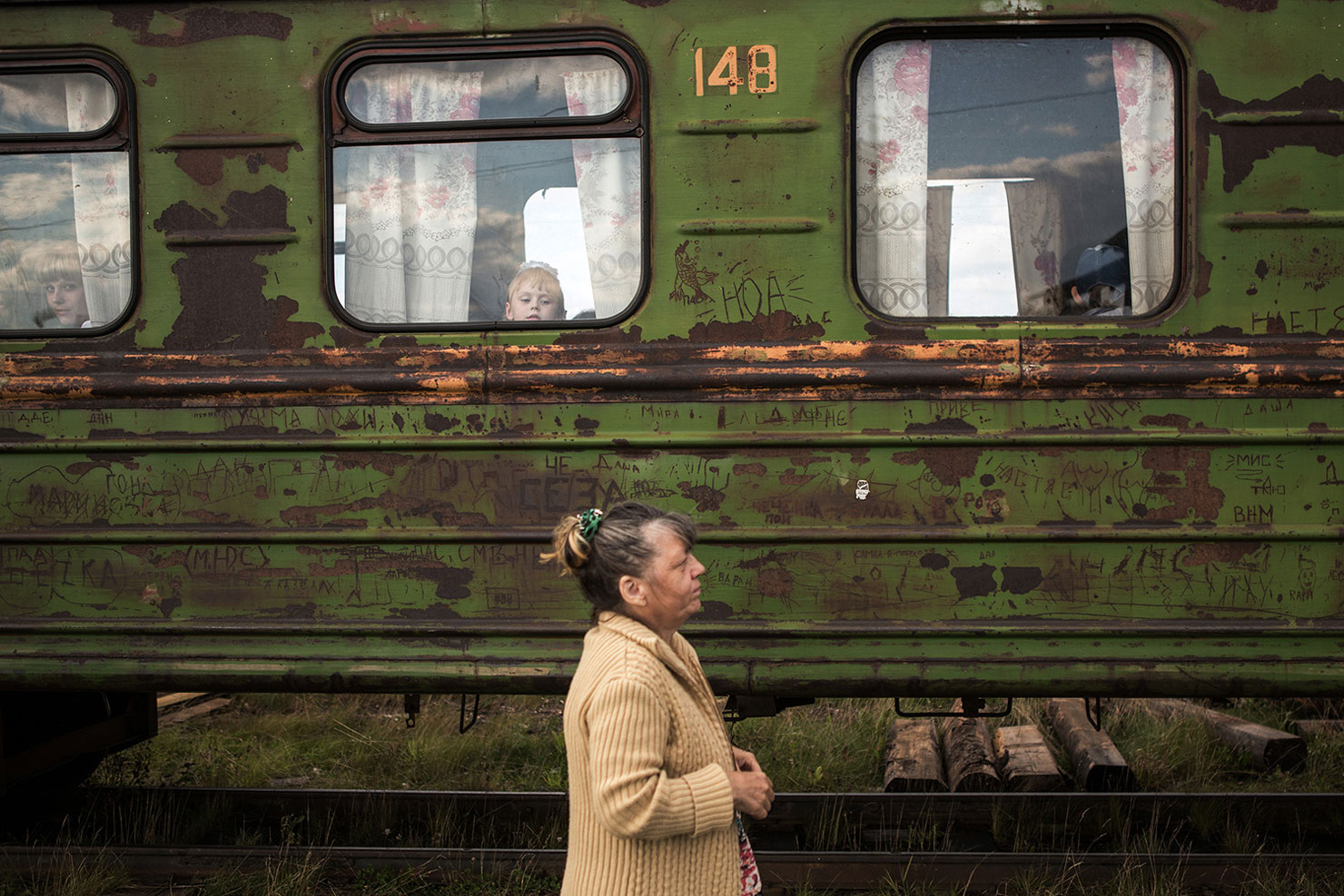
Vasiliy Makarovich worked his whole life as a machinist on the railway. He is known by absolutely every person in the three villages. Now, he and his wife live in Lipakovo. Their children recently bought him an apartment in Severoonezhsk. They prepare to set off for there for winter and then, in summer, return to Lipakovo to their dacha.
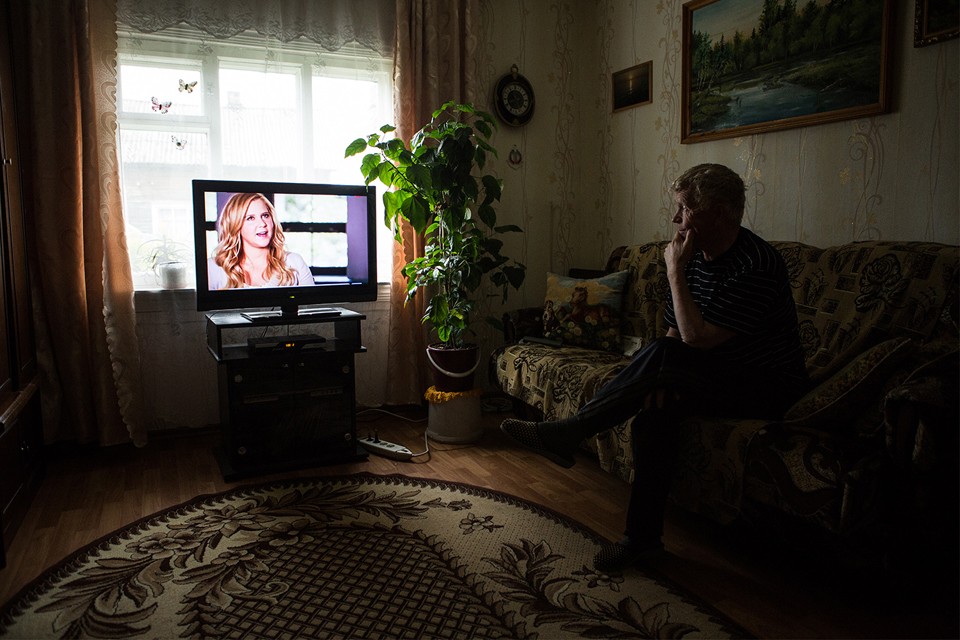
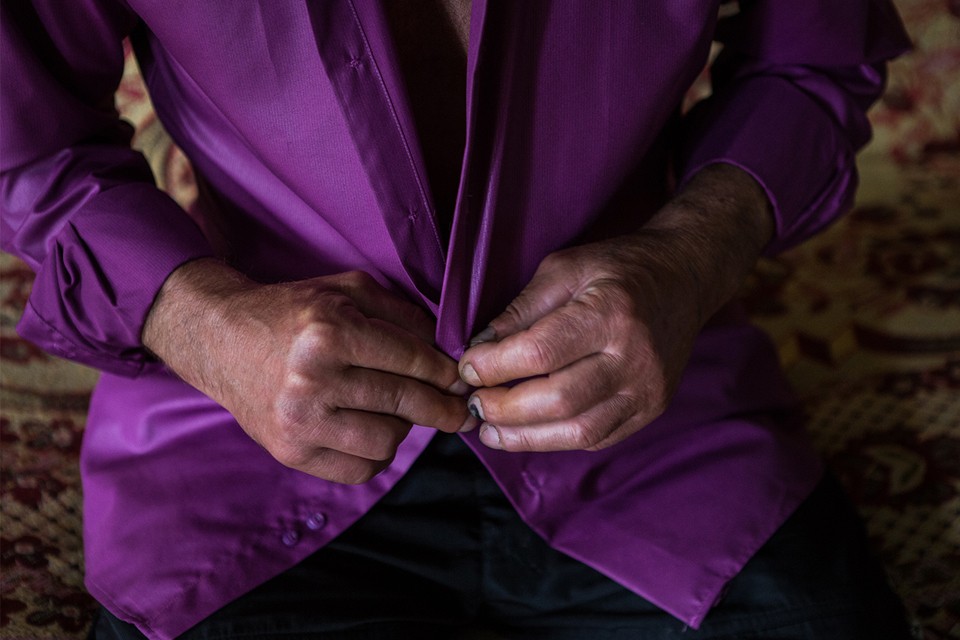
Vladimir lives in Luzhma. He worked before as a lumberjack. He started having problems with his hands and arms as a result of the hard labor and now he struggles to move his fingers. Vladimir would gladly move away from here, but he has nowhere to go.
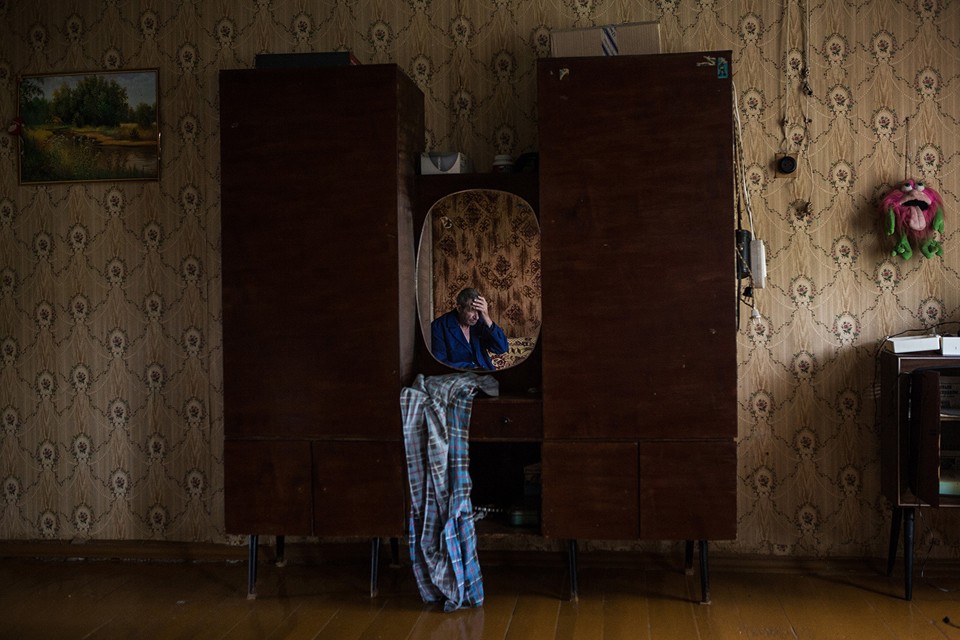
Andrey Lodde lives in Luzhma. He works in the repairman's brigade on the railway. A pack of wolves came right up into his yard in July and ripped apart his dog. Andrey bought himself a new shotgun after that incident.
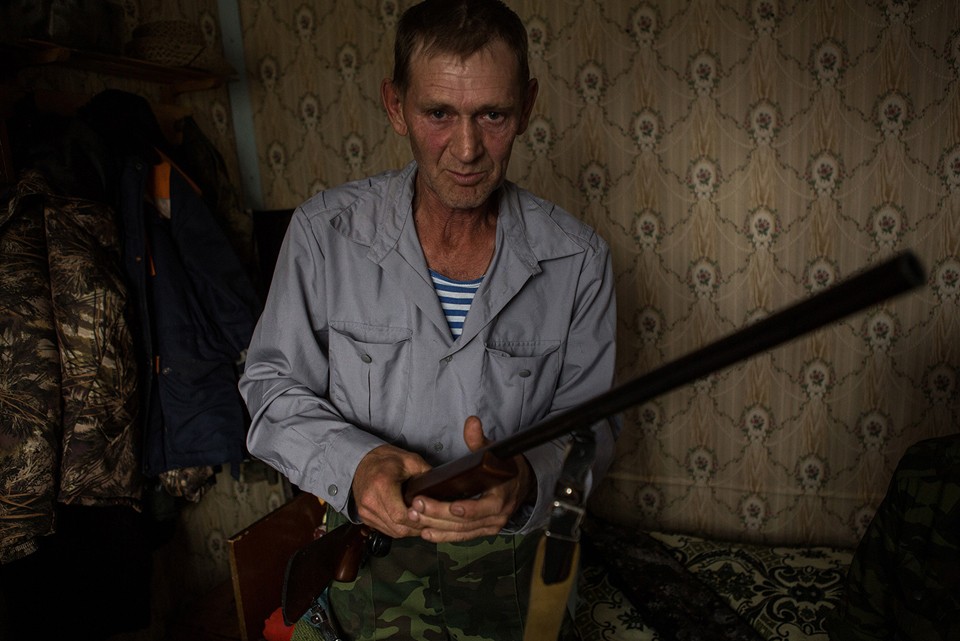
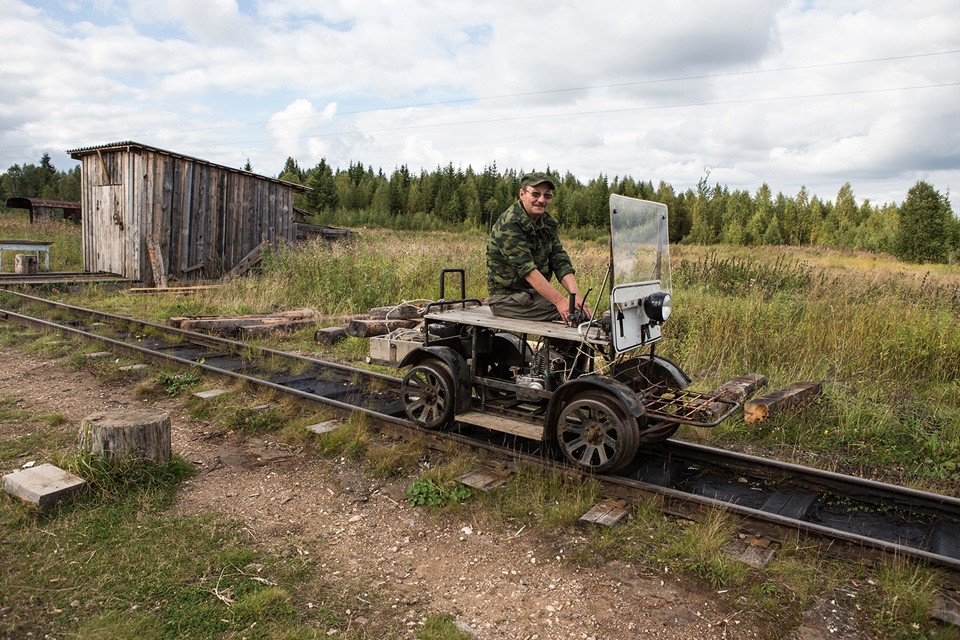
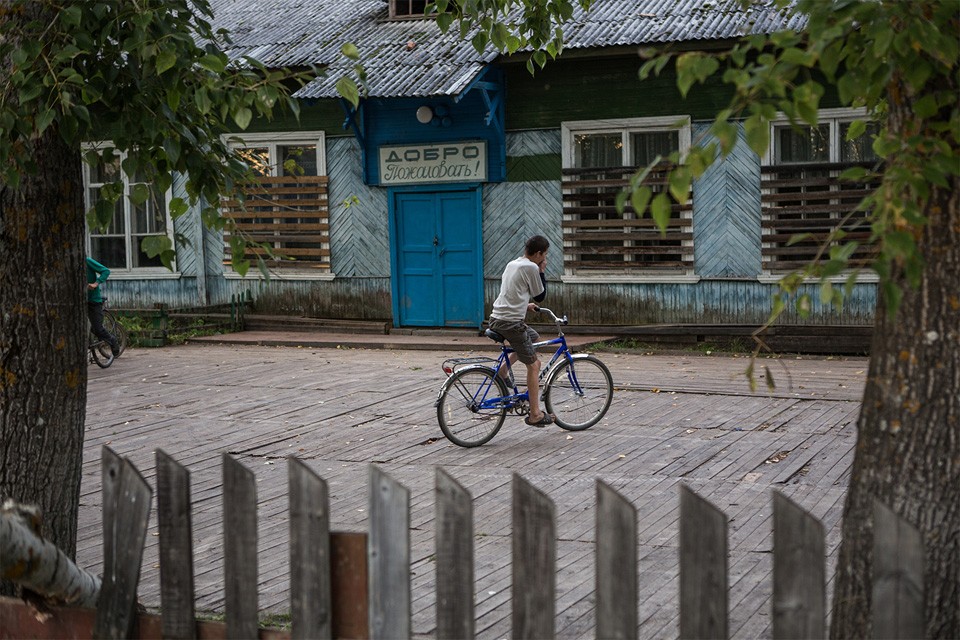
Vera Nikolaevna worked before on the repairman's brigade and now she is retired. She lives in Lipakovo but often takes the train to the woods to collect mushrooms and berries. The train makes several stops in the woods on the way to and from Lipakovo in order to let the mushroom gatherers off and get them on the way back. People have about 3-4 hours. If you don't make the train before it leaves, you have to walk a couple dozen kilometers.
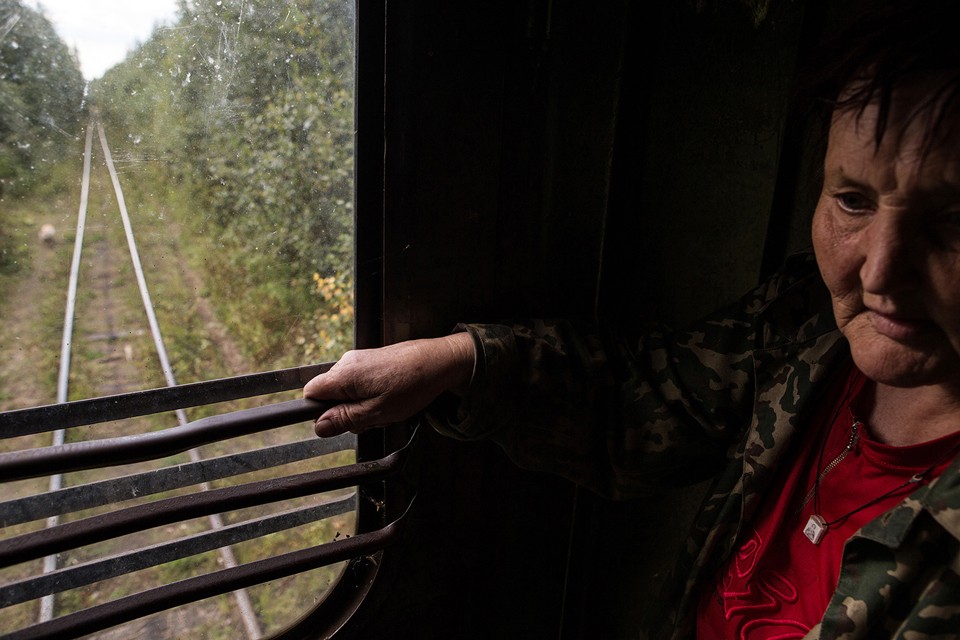
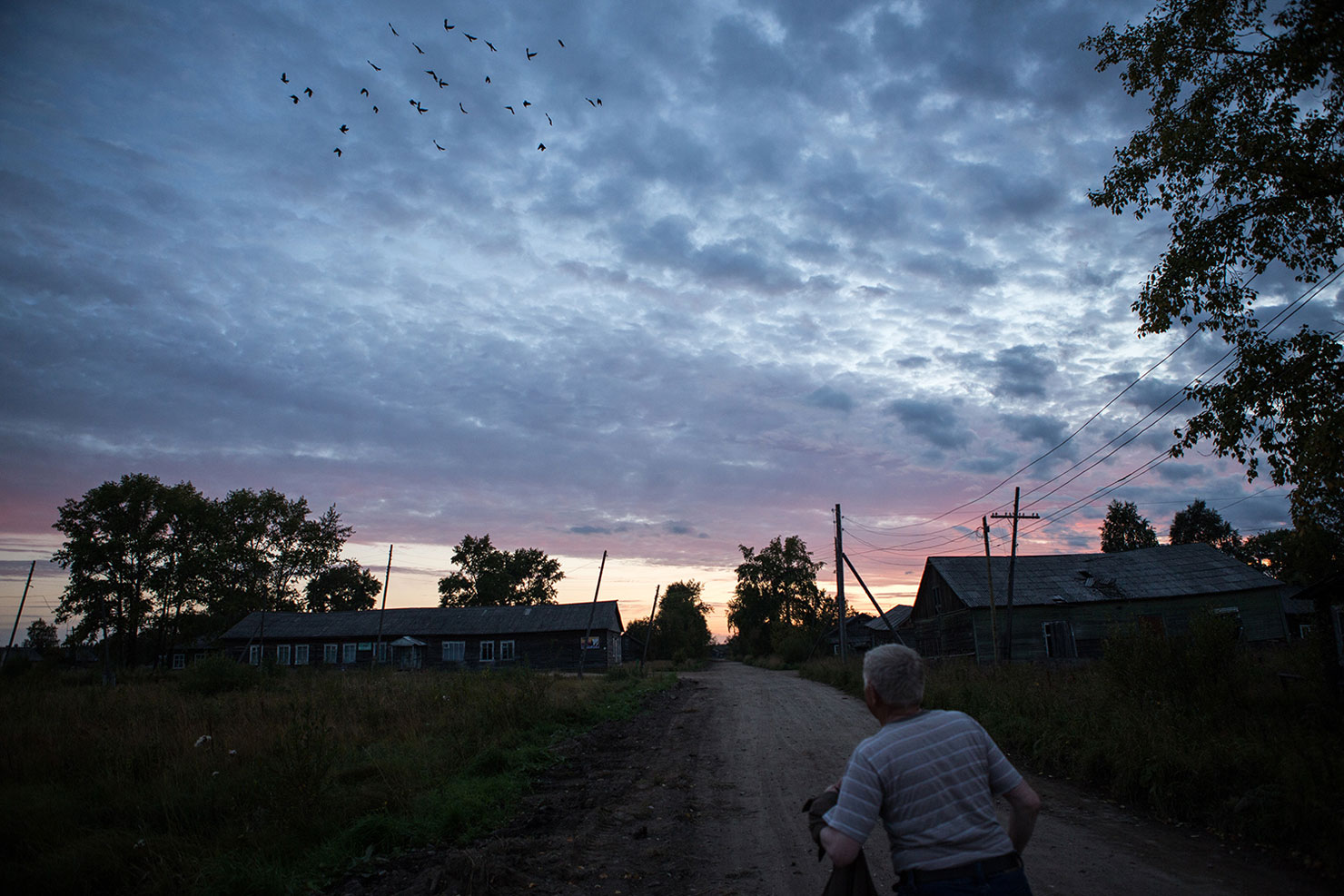
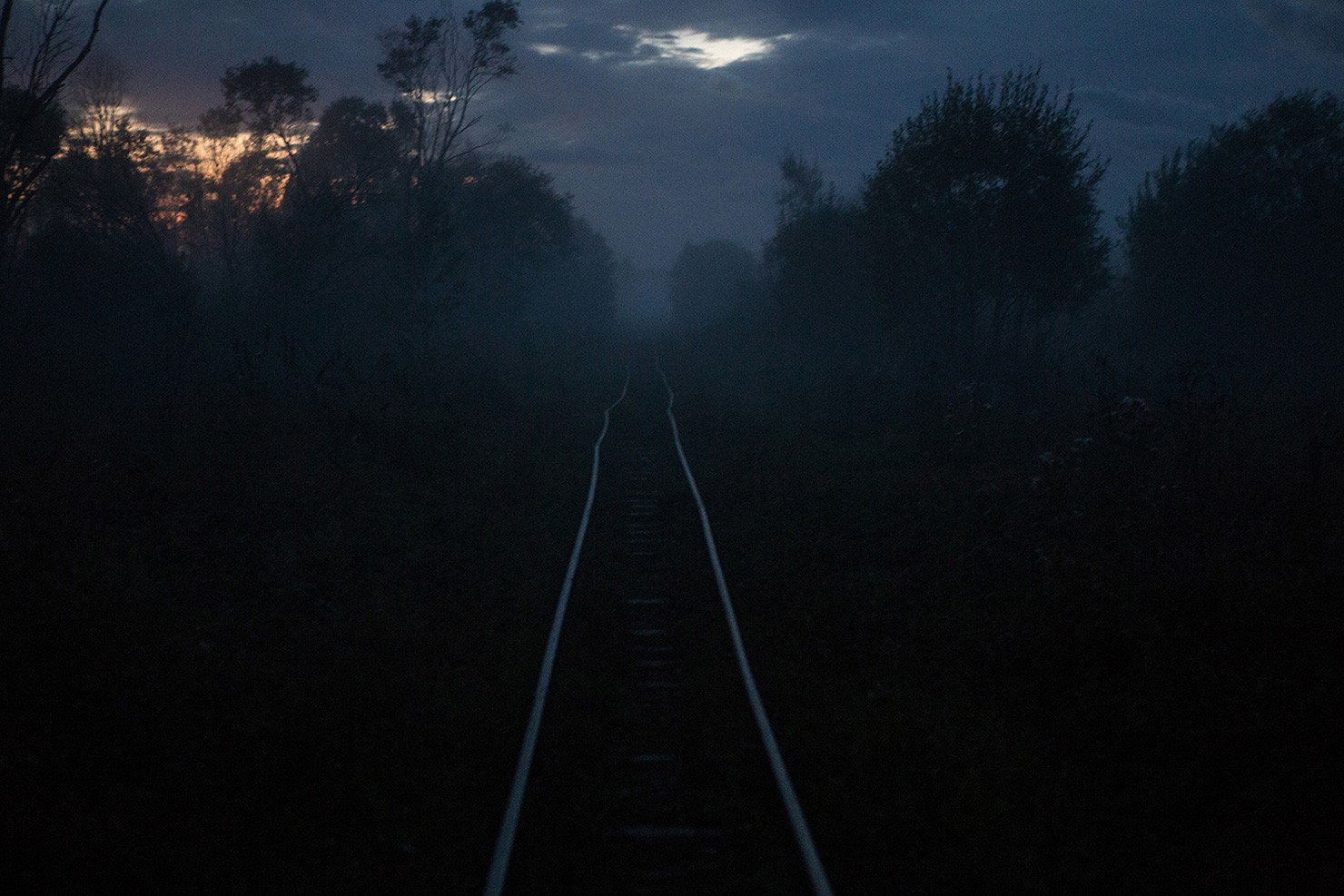
New and best
